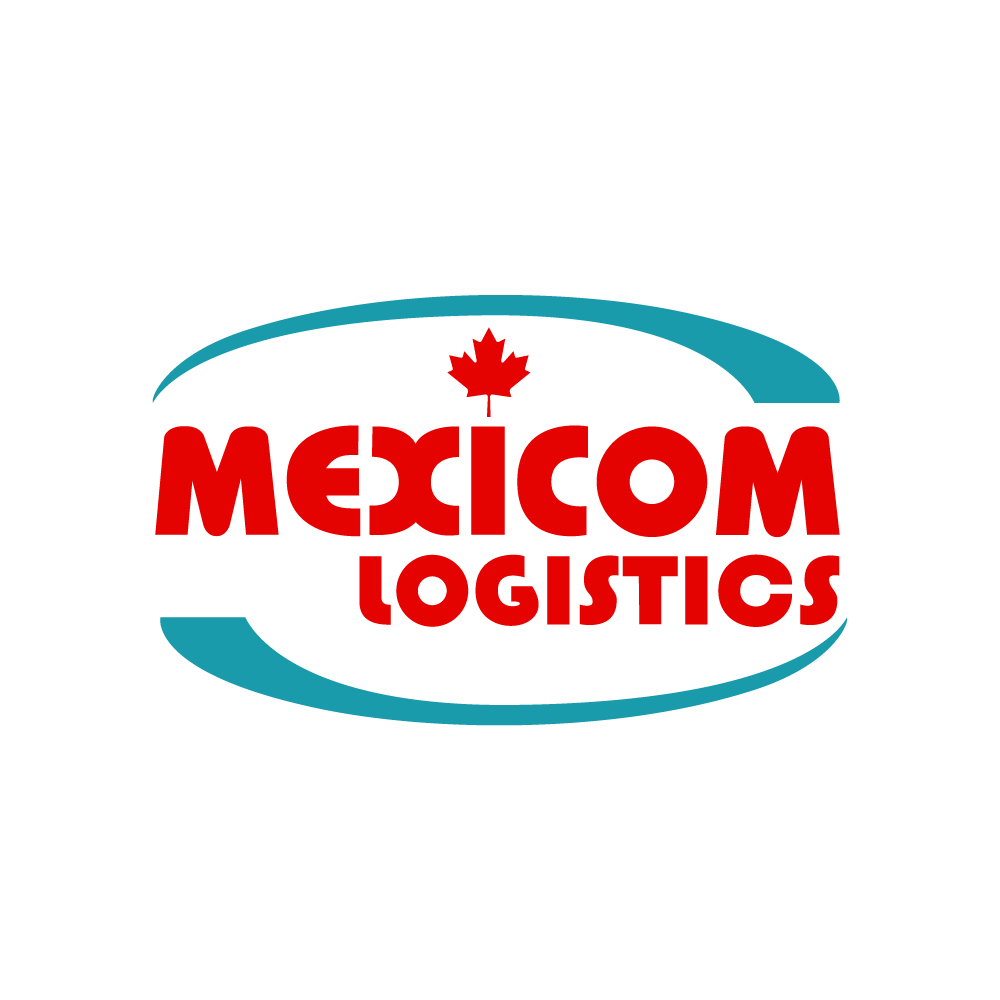The Economic Outlook in Canada, the US and Mexico after COVID-19 crisis
As the economy is starting to reopen in Mexico, the United States and Canada, businesses are entering in a recovery stage. Companies that understand what has changed, mobilize what they can control and understand the opportunities to grow in the future are the ones that will be able to speed up the recovery and thrive.
In North America, economic impacts during and after COVID-19 are characterized by a sharp rise in the unemployment rate and disruptions to the supply chains.
Economy Contraction Forecast in North America
According to a BMO report, the Canadian economy will contract by roughly 6% in 2020, which is by far the deepest annual decline in economic activity in the post-war era. The I. M. F. projects that the United States economy will contract by about 6percent in 2020. And the Banco de México estimates that the Mexican economy could contract by more than 8 percent in 2020.
Unemployment rates
Unlike other major economies, unemployment rates in the North America region remain in double-digits and up roughly 7 percentage points from a year ago.
Small businesses have recorded almost double the rate of job losses as mid-sized and large firms.
In Canada, while the employment rate is expected to continue receding from its post-war high, it is expected to still be higher than 7% by the end of 2021. In Mexico, it is expected to be higher than 7% too. In the United States unemployment rate reached 14. 7% in April and although it fell in May and June the Forecast is expected to remain in two digits by the end of 2020.
Supply chain disruptions
The I.M.F predicted that disruptions to supply chains will keep the economy below its pre-virus trend next year. This has affected businesses of all sizes across sectors, however small- and medium-sized will suffer a more severe impact because they came into the crisis with no financial resilience.
Small-to- medium size business
Small manufacturers, whose working capital tied up in inventory often adds up to 20 percent of sales, also have the added cost of servicing their debt. They tend to rely heavily on financing for their investment and working-capital needs—and indebtedness is high. Our survey of more than 1,000 small businesses suggests that the cost of servicing their debt is, on average, 30 percent of revenue for small manufacturers, 11 percentage points higher than for more financially resilient industries, such as high-skilled professional, scientific, and technical services. The overall sector could take longer than five years to recover to precrisis GDP levels, depending on the economic impact of the COVID-19 pandemic. And their experience could be illustrative for other industries with high capital intensity, such as transportation, warehousing, or natural-resource extraction. – Mc Kinsey
Automotive Industry in North America
Big Manufacturers are struggling too. A clear example can be seen in one of the key industries for the North American region: the Automotive Industry. Auto production and auto parts industries are under pressure in North America. Canadian production’s future is uncertain. Even prior to the shutdowns, Canadian vehicle assemblies had dropped almost 20%from five years ago.
Mexico is an important place of production for the US market, and the US, in particular, put a lot of pressure on companies and politicians to reopen manufacturing plants, despite the high infection rate.
As a result of the interruption of production due to the coronavirus, automobile exports from Mexico to the United States fell by 80% in April 200, and those of other markets by 75%. In April, the Mexican trade balance had a historical deficit of $ 3 billion. Oil exports fell by two thirds, and those of all other merchandise by almost 40%. -Forbes
The deeper into the supply chain, the greater the impact of the outbreak is likely to be. According to the PWC USA, in the automotive industry, tier 2 and especially tier 3 suppliers will be the most affected by pandemic-related disruptions.
Pharmaceutical Industry
Another example of the supply chaos can be seen in the pharmaceutical industry. Market volatility, price spikes and occasional dishonest dealings are present in medical supply chains in North America. Suddenly the industry got many new players. Business is booming and many people affected by the unemployment and business closures started to buy an sell medical supplies. In the meantime, hospitals struggle to obtain protective equipment for their employees, facing a battle against unregulated commerce.
“It’s my understanding that N95s are scarce because they are sold on the open market, basically to the best seller,” he said, referring to the surgical masks most prized by medical workers. “By not having control of that, the hospital is forced to buy a certain number of N95s at a higher price.” Said a Ivan Carreno, a doctor at Hospital General Xoco in Mexico City to Bloomberg.
Construction Industry
The construction sector has largely been able to continue operating near capacity. Overall, market growth in the engineering and construction industry is expected to continue despite cost pressures and labour shortages. In Canada, residential construction will remain solid in the near term, while non-residential construction, especially in the oil sector will likely continue depressed due to the oil backdrop. The building construction industry North America is expected to grow a CAGR of 4.8% by 2024.
In Mexico, the federal government sees construction as one of the most important sectors. Construction was the first industry to resume activities after the temporary closure in force to contain the spread of COVID-19. Also, there is an opportunity for the sector to grow in case the U.S. seeks to integrate its supply chains in closer places than China, after the lessons learned during this pandemic.
Sources
https://data.oecd.org/unemp/unemployment-rate-forecast.htm
https://www.mckinsey.com/industries/public-sector/our-insights/us-small-business-recovery-after-the-covid-19-crisis#
https://www.supplychainbrain.com/articles/31660-covidpreneurs-hawk-body-bags-amid-mexico-shortages
https://www.pwc.com/us/en/library/covid-19/coronavirus-impacts-automotive.html
Click to access 7c2cc5ed-f42e-402a-bcd5-3c0ce82291aa.pdf
https://www2.deloitte.com/us/en/pages/energy-and-resources/articles/engineering-and-construction-industry-trends.html










